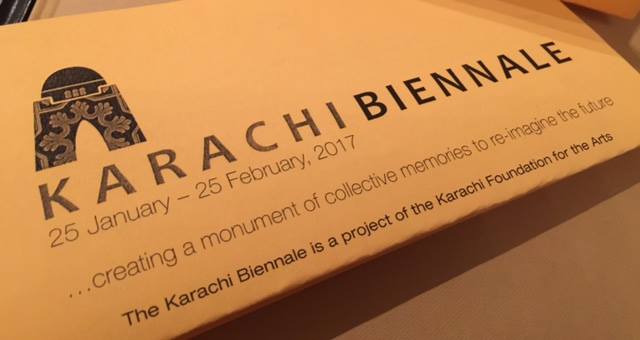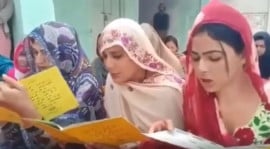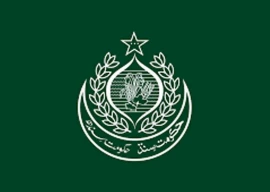
Writer-turned-social-worker Aquila Ismail said this during the second roundtable talks of Karachi Biennale at Alliance Francaise de Karachi on Saturday. The discussion centred on the topic, ‘Testimonies from the City’.
"This city provides [a] sanctuary and shields so many others,” she said. “It is rightly said that in this city, no one goes hungry and organisations like Edhi Foundation, SIUT and OPP have made it a viable city to live and grow in. It is this city that cares for its dispossessed lot.”
Aiming high: Karachi Biennale to put city on global art map
According to her, even though it is said that one section of the society does not mingle with the others, the sea embraces everyone in its midst. “I see islands of hope, where everyone is contributing to make a living."
Ismail paid tribute to her deceased sister, Perween Rahman, calling her a beacon of light. According to her, she found in her sister’s legacy that everyone must be treated equally.
"I find connections between global cities, like Karachi, London and New York," said Moeen Faruqi, a painter.
Resilient women of Pakistan discussed at first roundtable of Karachi Biennale
Another artist, Munawar Ali Syed, compared the small city of Lahore to the huge metropolis of Karachi. "While living in Lahore, I would paint little cravings,” he said. “[After] coming to Karachi, seeing big billboards changed the perception altogether. [The general public does] not visit the galleries but they certainly get a know-how of our artistic views [through] the painted Karachi walls."
In the most exciting topic of discussion, urban planner Sahar Ismail of OPP shared the full story of the locality where 10% of Karachi's population lives in. "I wouldn't term it a slum,” she said. “It is a low-income generating stratum of Karachi. It got regularised way back in 1980s. Every single household runs a small business and knows how to survive and make a living."

















COMMENTS
Comments are moderated and generally will be posted if they are on-topic and not abusive.
For more information, please see our Comments FAQ